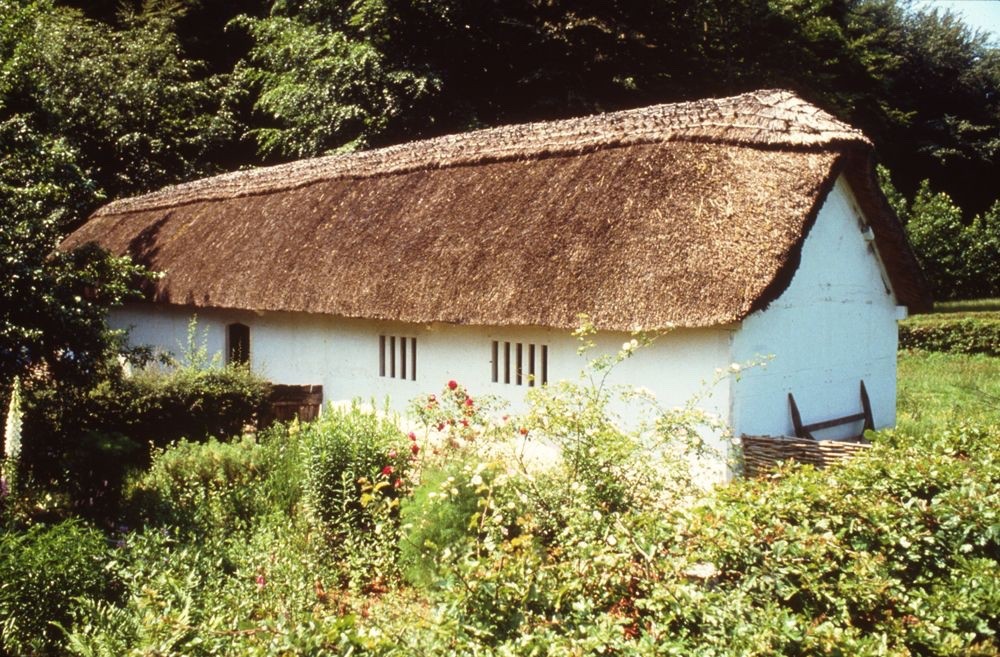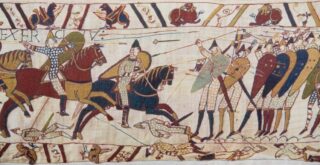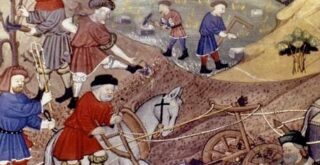One of the most important historical inventions for genealogists was the advent of the surname. A surname provides one of the most important touchstones for family history researchers, effectively creating the foundation of genealogical research. The surname essentially acts as a name for a family or clan. At a basic level, the surname is passed from father to son through patrilineal inheritance, while wives take up their husbands name upon marriage. This approach of course would have seemed perfectly reasonable in an era when men held property, and all a wife’s land or wealth was legally that of the husbands. However today there is room for a more nuanced approach.
Since the surname acts as a distinctive marker for relationships and family groups, it is sometimes assumed that all those with the same surname are perhaps related. However, often the same surname could have been established in different places, depending on its origin, leading to completely unrelated families with the same name, for instance, a smith in Northampton contemporary with a smith in Bristol. Smithing was an important profession and in medieval times there would have been a smith in every village!
The son will take on the name of his father. Sometimes though, this situation can be complicated. For a variety of reasons, sometimes individuals would usurp the expected trend and take on more than one name. They would be called for instance John Smith, otherwise known as John Taylor. This is known as an alias name. Alias names appear to be a phenomenon which began in late medieval England and have been the subject of historical research. Aliases often throw researchers. Other than assuming that a John Smith alias Taylor descended from both a smith and a tailor somewhere along the line of their family tree, it would be hard to place them in either family! Often the order of the combined names was reversed or either one was excluded in written records. The question is pondered – was their father a Mr Smith or a Mr Taylor?
Alias names may have come about for a variety of reasons.
1. Illegitimacy
Firstly, aliases could arise through illegitimacy. From the 16th century onward, convention developed that those children born out of wedlock took their mothers surname. Since the mother was unmarried it would have been legally challenging to confirm who the father was, even though the answer might generally have been known in the community. Only legitimate offspring could inherit property, and so it made no sense to take the father’s name unless they could inherit. This would have only been accepted if the marriage was later legitimised, for instance the issue of John of Gaunt and Katherine Roet. In the late Middle Ages, as surname use solidified, the matter was often left ambiguous. In such instance, the child would take on both their mother’s and reputed father’s names, going by both or either at various times, perhaps even maintaining friendly relations with both families. An illegitimate child could often expect little in the way of inheritance, but would be able to make a decent living if apprenticed to a worthy profession at a young age, later earning sufficient income to hold property of their own.









Thanks for the article. I have several in my tree with an alias. They don’t appear to have been born out of wedlock, but food for thought.